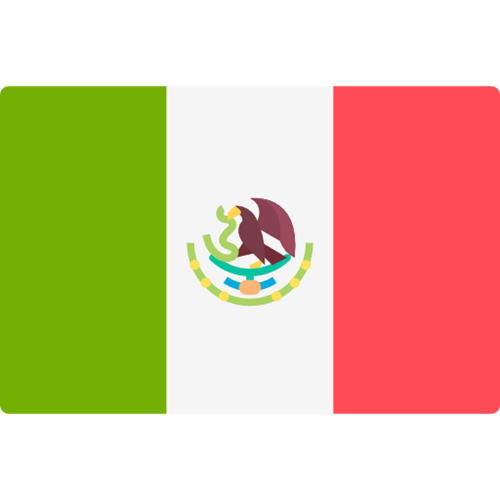Bees and pesticides: updated guidance for assessing risks

In this article, our regulatory expert Sylviane Gony looks at what is changing following the release of the new guidance document for the risk assessment of pesticides on bees by EFSA in May 2023.
The final version of the new guidance document for the risk assessment of pesticides on bees was finally released by EFSA on 11th May 2023.
This guidance document lays down rules on how to perform risk assessment for bees from plant protection products, in accordance with Regulation (EU) 1107/2009 and is intended to replace the former EFSA guidance published in 2013 which was not adopted.
The 133-page guidance document comes with a 167-page document on supplementary information including all background information, data collection and analyses, as well as 2 appendices and 3 annexes. Appendix A describes the attractiveness for pollen and nectar of various crops. Appendix B describes details the exposure factor and shortcut values to be used in the different scenarios. The annexes describe guidance for higher tier considerations: refinement for residue dissipation (A) and higher tier exposure (B) and effect (C) studies.
What’s new? The case of Tier 1 assessment
The newly released guidance follows a tiered approach for assessing bee exposure to plant protection products in agricultural areas via contact or diet. Tier 1 includes various scenarios, considering bee taxonomic groups (honeybees, bumblebees, and solitary bees), life stages (adults and larvae), timescales of effects (acute and chronic), as did the previous version from 2013. However, new parameters are considered in the exposure estimation PEQ (Predicted Exposure Quantity) such as the application period regarding the flowering stage of the intended crop. In the previous version from 2013, residues in nectar and pollen were based on measurements made for application during the crop flowering stage, leading to an overestimation of the dietary exposure when plant protection products were applied before flowering. The same residue data is used in the 2023 version, but a pre-flowering factor (PFF) is introduced in the calculation for taking into account the reduced exposure when the plant protection product is applied before flowering. Another change in exposure estimation compared with the 2013 version is the consideration of separated estimations for exposures through nectar and pollen, and separated calculations for above-soil contamination (due to direct spray on the plants) and potential exposure due to translocation of soil contamination to the plant.
Changes have also been made regarding the hazard (effect) assessment. Test requirements and approved guidelines remain identical to the previous version:
- OECD technical guidelines No. 213 and 214 for acute contact and oral toxicity to honeybees,
- the more recent OECD technical guidelines No. 246 and 247 for acute contact and oral toxicity to bumblebees, and No. 245 for the chronic oral toxicity to adult honeybees, and;
- OECD guidance document No. 239 for the toxicity to honeybee larvae, that were developed to comply with the 2013 guidance requirements based on Regulation (EU) 1107/2009.
In many cases, acute studies for honeybees and bumble bees (and in some cases, chronic studies) lead to unbound values for the endpoints obtained from limit-test design. However, full dose-response studies are now required since a new parameter (i.e., the dose-response curve slope) has been introduced together with L(D)D50 and PEQ in the calculation of the predicted individual effect PIE. Such new calculations imply that, although in the OECD guidance document No.239 on the repeated toxicity to honeybee larvae, the test is designed for the determination of a NOED (No Observed Effect Dose), the larval NOED is no more used for assessing the risk to bees. For the already available studies where no dose-response is available (limit-tests), the guidance proposes to apply an extrapolation factor to the available endpoint, depending on mortality rate at the highest tested dose, together with a worst-case default slope value.
Moreover, other considerations have also been introduced into the hazard assessment. In the 2013 version, accumulative toxicity was considered, but almost never assessed due to lacking guidance. In the 2023 version, it becomes time-reinforced toxicity (TRT), reflecting the fact that some substances may be more toxic at low doses after long-term exposure than at higher doses after short-term exposure. TRT can be estimated from 10-day chronic dietary exposure of honeybees according to OECD technical guideline No. 245. However, if no conclusion can be drawn from existing available data, new testing may be required with a protocol specifically designed for determining TRT. Sublethal effects are investigated as well based on the feeding rate of bees in dietary tests but without considering any potential repellent effect of the plant protection product!
For assessing the risk, each PIE is transformed into predicted colony level effect PCE (at tier 1, PIE = PCE) and the PCEs for each hazard (acute contact and oral, chronic dietary and larval toxicities) are finally combined into the calculation of an overall predicted effect at the colony level PESPG, in units of % colony size reduction, which should be calculated separately for each bee group (honeybees, bumblebees, and solitary bees) and compared to the relevant specific protection goal (SPG). The specific protection goal for honeybees is 10%. EFSA experts could not agree on SPG values for bumblebees and solitary bees, and therefore, the risk assessment cannot be finalized for these groups so far.
What’s next?
The next step should be the endorsement of the guidance in the Standing Committee for Plants, Animals, Food and Feed where the Members States are working together with the European Commission. The guidance could be voted in Spring 2024 at the earliest.
To learn more on the revised guidance on the risk assessment of plant protection products on bees, EFSA proposed an information session on 13 June 2023 - the recording is available on their website.

















































